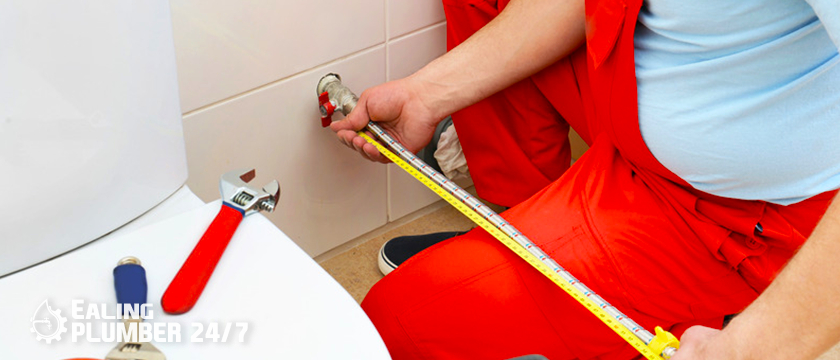
19 Jan. 22
Guide To Installing A New Dishwasher
When you buy a new dishwasher from a specialty store, the price frequently includes the delivery team making the hookups and possibly even hauling away the old dishwasher. However, if you buy the dishwasher from a big-box home improvement store or an online retailer, connecting it is usually not included—or will cost you a significant additional fee.
A new dishwasher requires three connections: a power cord, a water supply connection, and a drain line connection. DIYers can do all of these things if they know what they’re doing.
The power connection may be the most difficult, especially if you are unfamiliar with electrical wiring. Dishwashers can be “hard-wired” with an NM circuit cable that feeds directly into the dishwasher’s wire connection box, or they can use a standard appliance cord that plugs into a wall outlet. In any case, the electrical code requires that a dishwasher be served by its own dedicated circuit, and if yours isn’t, you might want to have a new circuit installed at the same time you replace the dishwasher. Dishwashers must also have GFCI protection as of 2020, according to the NEC code. Even if it is not required, this is the better strategy because it makes it easier to disconnect the appliance in the future if it needs to be serviced.
There’s no reason why you couldn’t wire the dishwasher yourself. Hard-wired connections and appliance cord connections are made in the same manner, with wire connections made inside an access panel at the appliance’s base.
Connecting the water supply is as simple as connecting one end of a braided steel supply tube to the dishwasher’s water inlet valve and the other end to a shut-off valve on a hot-water supply pipe. This supply tube is simply a longer version of the supply tubes that feed sink faucets and toilets, so if you’ve worked on those emergency plumber ealing fixtures, you’ll have no trouble with the dishwasher hookups. Connecting the water supply tube to the dishwasher usually necessitates the use of a dishwasher 90—a 90-degree elbow that allows the supply tube to easily connect to the dishwasher. This fitting is usually included in the connection kit, along with the braided steel supply tube.
Connecting a dishwasher’s drain hose is a similarly simple plumbing task. The drain hose connects to the drain trap beneath your sink; on the way, it either loops up to the underside of the countertop beneath the sink or is attached to an air-gap fitting. The proper method depends on your area’s code requirements, but either method is intended to keep dirty wastewater from siphoning back into your dishwasher. As the drain hose loops back down, it is connected to either a nipple on the garbage disposal or a nipple on the sink drain tailpiece.


